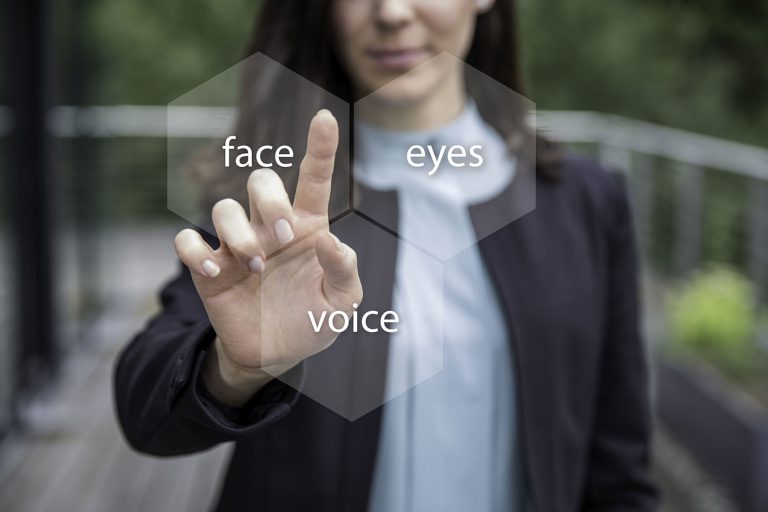
While unimodal biometrics work on a single source of information for authentication, multi modal biometrics accept data from more than one biometric. This provides a greater scope of input data for the system to process, thus increasing its reliability and security. Fraud resistance, flexibility and user acceptance are some of the main advantages of multi modal biometrics. However, multi modal systems are also more expensive and require higher computing power and storage space.
Greater Accuracy
Using multiple biometric identifiers in the authentication process enables better accuracy than using a single identifier alone. This improves FMR and FNMR when comparing biometric data, as the system can account for noisy inputs and other factors that may impact performance (such as illness or disability that can affect one biometric but not another). Multimodal biometrics use multiple biometric traits to provide more accurate decisions on a user’s claim. They typically have a supervisor module that combines the opinions or decisions delivered by each subsystem and makes a final decision, accept or reject. Multimodal systems can be used in a wide range of applications, as they are more secure than a singular biometric. For example, a banking app that uses face and voice biometrics is more secure than either modality on its own because both of the templates must match to ensure access.
Greater Convenience
Today’s efficiency-loving consumers want secure authentication that is convenient and easy to use. Replacing PINs with mobile access QR authentication in smartphones, for instance, saves consumers over 40 minutes a week and three hours a month. Using multi modal biometrics, organizations can combine fingerprints and facial recognition or fingerprints and iris readers to manage security better. In addition to being more accurate and reliable, these systems can also reduce the risk of spoofing and identity theft. As a result, multi modal biometrics are a superior solution for any industry that demands higher accuracy and greater security. These systems minimise false acceptance rates (FAR) and false rejection rates (FRR), making them more difficult to spoof.
Greater Security
Compared to traditional two-factor authentication, multi modal biometrics are more secure. This is because they incorporate more than one modality into their verification process, which improves match performance and makes it harder for hackers to spoof them. This increased security is also beneficial for applications that require more than one biometric trait. For example, the USAA banking app uses fingerprint, face and voice recognition biometrics to verify user identity. The multi modal approach can also be used in high security physical access control, homeland security and law enforcement. It has been integrated into the US government’s Next Generation Identification (NGI) system, which combines facial and iris scans for improved biometric security. As well as improving security, multi modal systems are easier for users to use than unimodal ones because they don’t require key-cards or passwords. They also allow for faster user verification than one-time passwords.
Greater Reliability
Multi modal biometrics use several modes of authentication to achieve greater reliability in identity verification. This makes a multi modal system less susceptible to spoofing, which can be common in unimodal systems with just one modality, Moreover, if one identifier fails to pass the test for some reason, another can still be used to identify the user more accurately. This is especially useful in situations where multiple identifiers are needed to verify the same person, such as a bank app that uses both voice and face recognition to authenticate login. Multi modal biometrics also benefit from significant R&D investments to make them more tolerant to different environments and settings. This means a fingerprint scanner can read a slightly damp finger or a facial and iris recognition sensor can adapt to a bright sunlight environment.